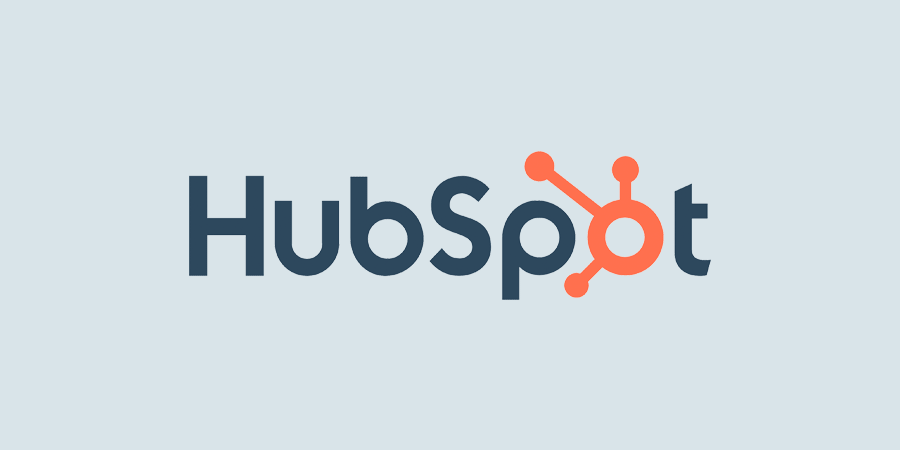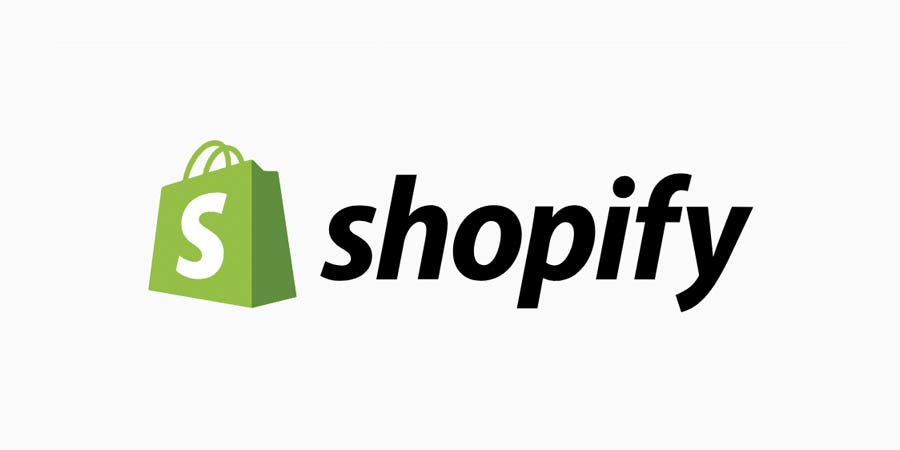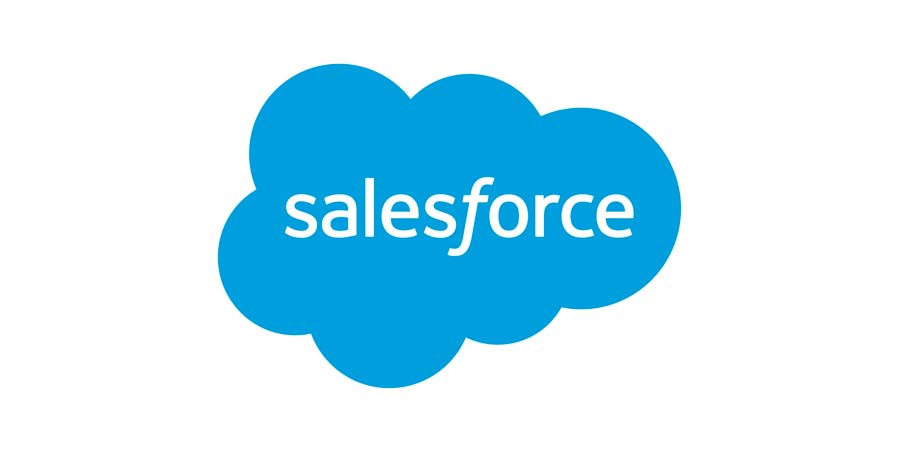A football team would never hike the ball without calling a play: Your sales team should operate in the same way. For your sales team to run smoothly, you need to have a comprehensive sales strategy that encompasses all of your goals and operations.
If you’ve never set a sales strategy before, the task can feel overwhelming. How can you possibly layout all your processes, goals, and KPIs in a single strategy document? I always find it a little easier to try something new when I have an example to work from.
This post will cover three amazing sales strategy examples you can study and adapt for your own team.
What is a Sales Strategy
Before I lay out some sales strategy examples, let’s first answer a foundational question: What is a sales strategy?
Simply put, the best sales strategy is a game plan: Your sales team’s game plan for how you plan to nurture, win, and keep customers. Your sales strategy should be a puzzle piece of your organization’s overall revenue growth strategy and should contain measurable goals and detailed processes.
There are generally two different sales strategies in B2B sales. These two strategies are designed to support at least four different business models.
The first strategy is “transactional,” and even though the internet was supposed to eliminate all transactional sales, there are still sales organizations that call their clients and ask them to buy what they sell. Most people would be surprised by how many companies execute this strategy.
The second strategy is to be “consultative,” helping your clients make decisions they are rarely required to make and ensuring they don’t make a decision that harms their results. The strategies that are consultative generally require more conversations, more resources, and more stakeholders on the client’s side, and often require a long-term commitment.
The four common delivery models start with commodities and often benefit from a more transactional approach. The model we call “scalable commodities” also benefits from a transactional approach, even if it moves the conversation towards consultative, without actually being consultative. The third delivery model is what we recognize as the “solution sale” one where the sales organization is consultative, working closely with the client to improve their results. The final model is something like high trust, high value, high caring, and a higher price. The consultative approach is what allows these companies to attract, retain, and grow their business.
Let’s look at a number of companies with strategies that are proven to be effective.
HubSpot
The first sales strategy we’ll talk about comes from HubSpot. With over 50,000 customers and over half a billion dollars in annual revenue, HubSpot (valued at $23.81 billion) is definitely a company whose sales strategy is worth a second look.
Some of the key elements of HubSpot’s sales strategy include:
- Implementing robust hiring processes, outlining specific attributes for salespeople including work ethic, coachability, competitiveness, etc.
- Incorporating extensive training with progress marked by measuring key metrics.
- Outlining unique value proposition, target customer, competition, common objectives, and more.
Aligning the sales and marketing teams to the advantage of both teams.
Shopify
Next, let’s look at Shopify’s sales strategy. Shopify holds the crown for reaching $1 billion in revenue faster than any other SaaS company. With a current value of over $20 billion, Shopify has a sales strategy worth copying.
Shopify’s strategy centers around eliminating unqualified leads by using the 4/5 threshold. This method allows sales reps to focus on selling to the leads who are most likely to become customers.
The strategy focuses on five variables:
- Pain: What struggle is the prospective customer battling with? This struggle may motivate them to make a change.
- Power: Does your contact have decision-making power? If not, establish who does.
- Money: What is the prospective customer’s budget? Can they afford what we’re selling?
- Process: What are the steps of this customer’s buying process?
Timeline: How fast are they looking to move forward? What stage of the buyers’ journey are they currently in?
Salesforce
When it comes to business software, there are few companies that could go head-to-head with both Microsoft and Oracle and survive. Salesforce did just that. From day one, Salesforce took on these giants and not only survived but grew, rising to a value of $13 billion.
Some of the key elements of Salesforce’s sales strategy include:
- Training sales staff to communicate clearly and plainly when selling.
- Taking the time to outline strict expectations of teamwork and teamsmanship.
- Ensuring that sales professionals obtain an understanding of the customer’s pain points.
Sales Training: A Part of Your Ultimate Sales Strategy
Examining the three examples listed here, you should see a few common threads. One of these threads is the focus on people. Hiring, onboarding, and training processes are essential elements of any sales strategy. After all, a sales team is only as strong as the salespeople on that team. You can set up goals and KPIs, and create reports and customer profiles galore, but if your people don’t have the tools they need to succeed, your strategy won’t be able to get off the ground.
The Sales Accelerator offers incredible sales training resources for your entire team. With the help of the Accelerator, your team will be able to implement any sales strategy and crush their targets, quarter after quarter. Join the Sales Accelerator today to see for yourself!















.jpg?width=768&height=994&name=salescall-planner-ebook-v3-1-cover%20(1).jpg)


